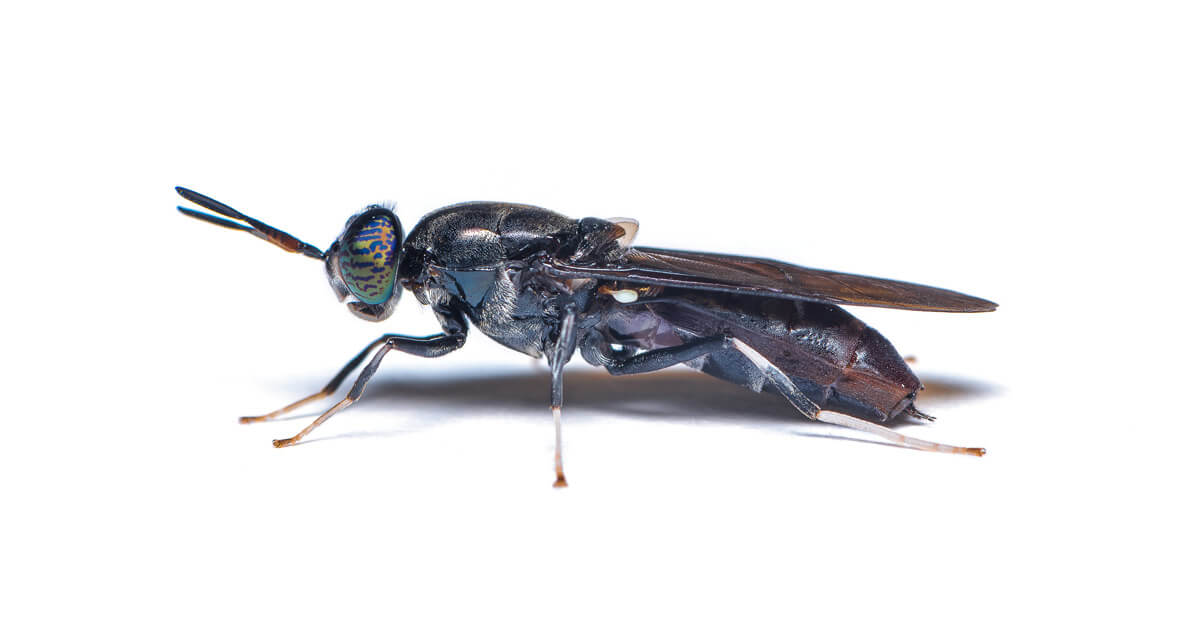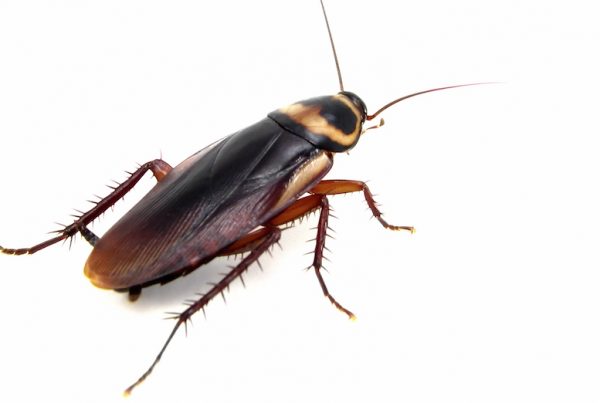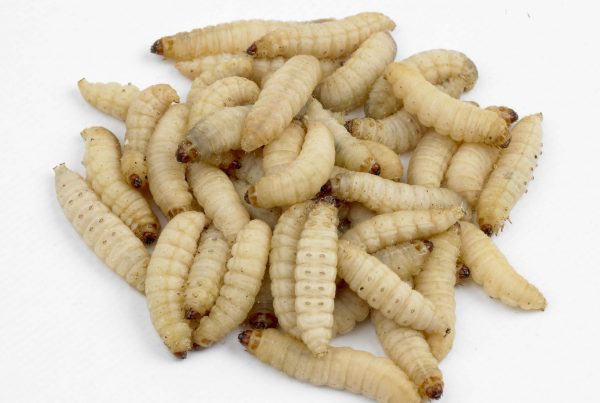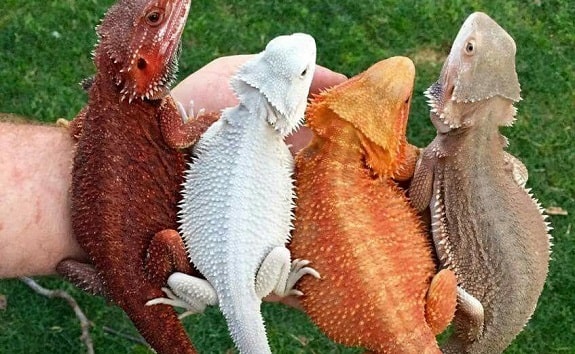Starting your own Black Soldier Fly Larvae Farm
First things first..
In order to create our very own black soldier fly larvae farm, we need to go back to the start and understand the basics. First of all, we need to understand what black soldier fly larvae are. Black Soldier fly larvae are the maggot form of the black soldier fly, the adults themselves actually look a lot like wasps however, they are harmless and very docile – In actual fact they are so easy to catch because they aren’t as agile and quick as normal house flies.
Concerns
A big concern for most schools and research centres is what happens if the flies get out – will we be allowing an invasive species out into our environment? The short answer is no, according to Animaldiversity.org black soldier flies are found on every continent of our planet except for Antarctica. They are endemic to the tropical and warm temperature regions of the western hemisphere while dispersing the world’s eastern hemisphere by human interactions.
Why should I breed them:
Black soldier fly larvae are one of the up and coming feeder insects that are taking the market by storm with their multi-faceted uses. In terms of feeder insects they are:
- High in protein which is the building blocks for growth, energy, muscle and bone repair.
- They’re packed full of energy.
- They’re high in calcium – great for egg production and reptiles.
- They’re a phenomenal food waste management system.
- They’re easy to farm and harvest themselves.
- They reproduce very quickly.
- They create their own fertilizer.
Who eats them:
- Wild birds
- Commercially farmed birds – chickens, ducks etc.
- Fish
- Reptiles
Now that you have a bit of information on what black soldier fly larvae are, it is time to discuss starting your own Black soldier fly farm!
First thing would be to set up an environment for the larvae to eat and grow. Generally a large flat base plastic bin will work for this – we use butcher containers.
From here, you will need to either purchase our black soldier fly larvae per weight or start with our starter kit (This is recommended value for money and allows you time to get use to handling them). Which you can purchase here. Keep feeding your larvae fresh fruits and vegetables (Stay away from meats and dairy – this is too acidic for them).
Once your larvae grow bigger, they will start to prepare to pupate which are called pre-pupae (They go dark but move around just as much as normal larvae). This is when it becomes time to set up the self-harvesting kit: create a funnel leading from the larvae out of the tub which falls into a dry plastic bowl. When the larvae are ready to pupate they will climb out in search of a dry area and fall into the bowl.
From here, they will take another 10-14 days in order to emerge as flies. This is where the crucial part is.
Black soldier flies do not lay their eggs directly on the food, but rather in cracks (Of walls, wood or any other surface nearby) – this actually comes as an advantage for you to control your egg harvesting. There are many methods that work such as corrugated cardboard or tying two planks of wood next to each other – depending on the size of your operation, you will need to decide what works best for you. Please note you should put food scraps, manure or any other ripe smelling food that will attract the females to lay eggs in your devices.
Keep the eggs near a food source and with the right conditions they will hatch within 3 days and the cycle will repeat itself.
There are many determining factors for the success of breeding black soldier fly larvae such as lighting, flight space, humidity and heat. We recommend using this article as a basic source of information but still using various other research articles, videos and sources to trial other methods that may work better for you.





Recent Comments